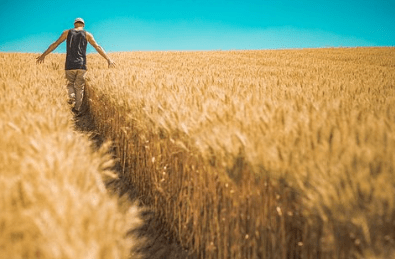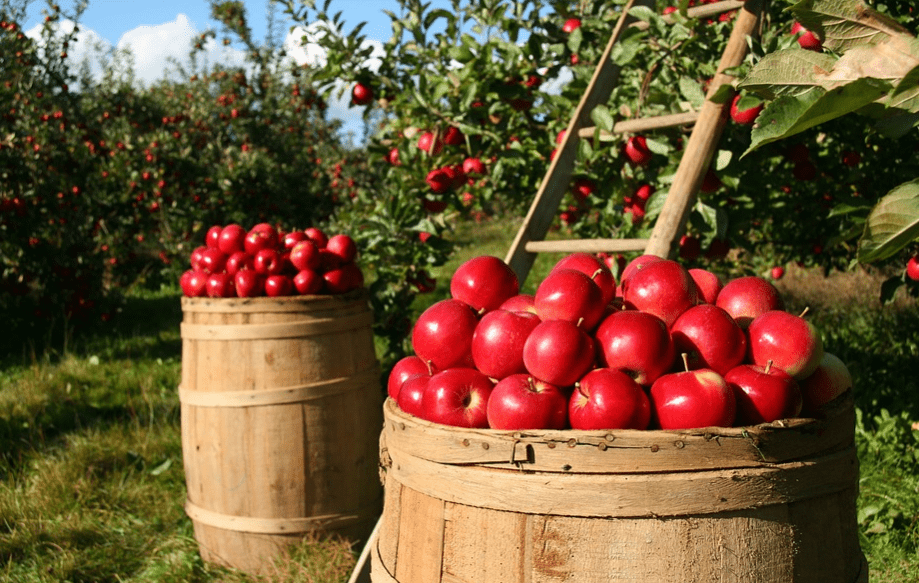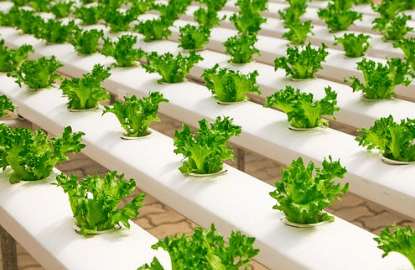List of 12 Fields & Branches Of Agriculture With Definitions & Functions
Branches of agriculture and their meaning
The main branches of agriculture fall into the following categories.
- Crop Production or Agronomy
- Horticulture
- Livestock Production
- Farm tools and machinery
- Agri Economics
- Plant Breeding and Genetics
- Seed Science
- Soil Science
- Agricultural Biotechnology
- Forestry
- Food Science and Technology
- Agricultural
- Agricultural Entomology
1) Crop Production Or Agronomy

It deals with the application of plant and soil science for various types of crops that can be grown by framers
• Annual crops such as cereals, legumes, garden peas, etc.
• Perennial crops such as coffee, tea, and sugar cane, etc.
• Field crops such as tea, sugarcane, and others.
i- Crop Physiology
Crop physiology is the study of the functions and responses of plants grown in different environments. It is one of the most fundamental areas of agriculture.
ii- Plant Pathology
Plant pathology deals with the causes of diseases, plant instabilities, and the treatment of plant diseases.
iii- Plant protection
Plant protection is a branch of agriculture that aims to prevent damage from diseases, pests, and weeds.
2- Horticulture branch of agriculture
Horticulture deals with the cultivation of fruits, vegetables, and ornamental crops.
Sub-branches of horticulture include (1) Pomology (2) Olericulture (3) Floriculture
i- Pomology
It deals with the cultivation of fruit plants.

ii- Olericulture
It is the cultivation of vegetables such as French beans, cabbage, and tomatoes.

iii- Floriculture
It is the cultivation of flowers such as Jasmine, rose, and tulips.
iv. Arboriculture
The horticultural branch deals with the assortment, planting, maintenance, and removal of trees, shrubs, and other woody plants.
v. Landscaping
A branch of horticulture dealing with the production, presentation, and maintenance of landscapes, flowers, and other plants.
vi. Viticulture
The cultivation and retailing of grapes is known as viticulture.
3) Livestock Production
i- Zoology
Animal science is mainly animal husbandry that deals with the care rearing of animals for specific purposes, such as meat, milk, and/or fur.

ii- Nomadic pastoralism
This is the rearing of cattle herds while moving from one area in search of pastures and clean water.
Pastoralism deals with the raising of livestock.
iii- Animal Husbandry
It is the care, rearing, and use of animals such as cattle, buffaloes, camels, goats, yaks, reindeer, horses, and sheep.
iv- Poultry farming
It is the rearing of poultry birds such as chicken, goose, turkey, duck, pigeons, etc.
v- Aquaculture
It is the science of fish farming.
vi- Beekeeping
This branch of agriculture deals with the science of Beekeeping and the production of honey.
4) Farm tools and machinery / Agricultural Engineering

Agricultural engineering is the branch of agriculture that deals with agricultural machinery and equipment. It also deals with the development of new systems and practices to address the problems facing agriculture. It also deals with the use and maintenance of agricultural tools, machinery, and structures.
There are 3 branches of agricultural engineering:
i. Agricultural mechanization
The use of agricultural machinery to automate agricultural work, which greatly increases the productivity of agricultural workers and production efficiency, mechanization promotes large-scale production.
ii. Agricultural energy and machinery
Branch of agriculture in which the use and maintenance of agricultural tools, machines, and structures are carried out.
iii. Agricultural structures
A building on a farm is used for agricultural purposes. especially large-scale farms used to house farmers and their families or agricultural workers. Some of them can be used for growing crops, raising livestock, etc.
5) Agricultural Economy For Marketing agricultural produce

This is the most important among the branches of agriculture as it deals with revenue and economic growth. The agricultural economy deals with agricultural products from a business point of view. Agriculture economics is a branch of agriculture that deals with the use of scarce resources aiming to increase production while reducing costs.
6- Plant breeding and genetics
A branch of agriculture is defined as the art and science of modifying the genetic structure and traits of plants to achieve desired traits.
7- Seed science
The branch deals with the structure of seeds and growth habitats from fertilization, egg development, and the growth of a new plant. The science of seeds is closely related to biochemistry, botany, genetics, and other biosciences.
8- Soil science
Among several branches of agriculture, soil science is of great importance due to its direct influence on plant growth and nutrient supply.
The study of soil as a natural body created by natural forces on the surface of the earth on which plants grow. The study of soil properties in relation to soil use and management, classification, formation and mapping of chemical, physical, biological and fertility properties of soil is known as soil science.
9- Agricultural biotechnology
A branch of agriculture that includes the application of scientific techniques and tools, involving vaccines, molecular markers, genetic engineering, and tissue culture, to modify the genome of living organisms in order to develop improved organisms, for example of crops and livestock.
Compared to many other areas of agriculture, agricultural biotechnology is currently at the center of attention because of its genetic approach. Researchers believe that transgenic crops and animals could be a source for maintaining an adequate food supply and meeting global food needs.
10- Forestry
This branch of agriculture deals with the engagement in the extensive cultivation/rearing of perennial plants for the supply of rubber, timber, etc., as well as industrial raw materials.
11- Food Science and Technology
Among the known branches of agriculture, food science and technology use a variety of approaches to study food composition, processing, packaging, and selection of existing food products.
12- Agricultural Entomology
It deals with the study of insects with special reference to agriculture. It deals with insects which are pests of agriculture commodities & their control mechanisms. The beneficial role of some insects in food production is also observed.
You May Also Interested:
